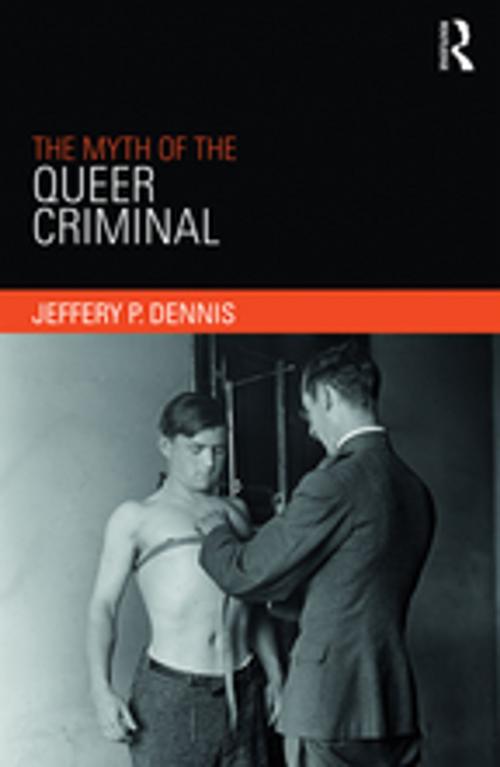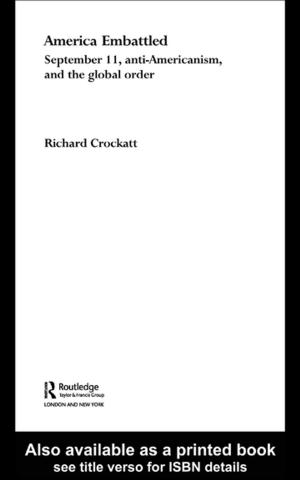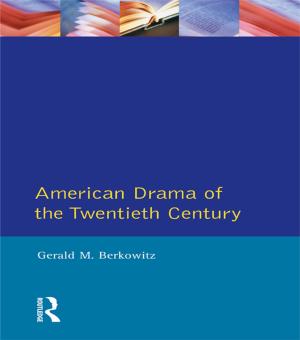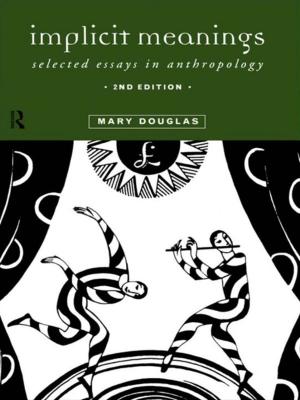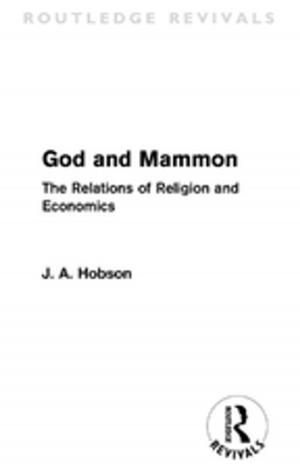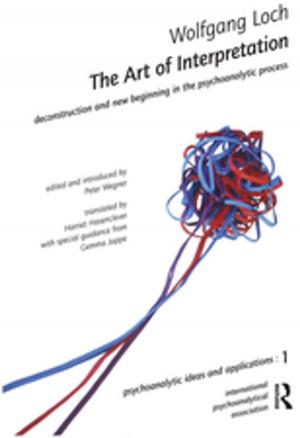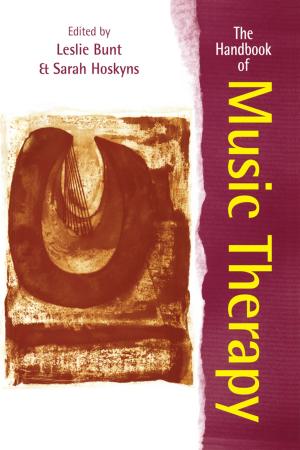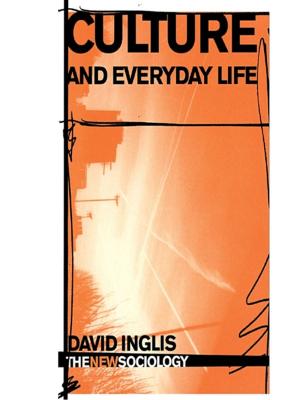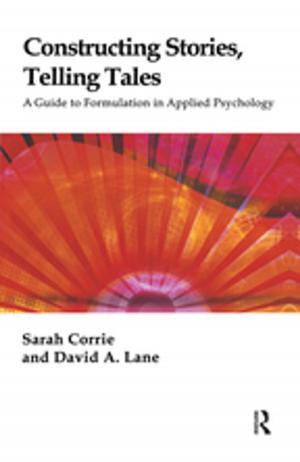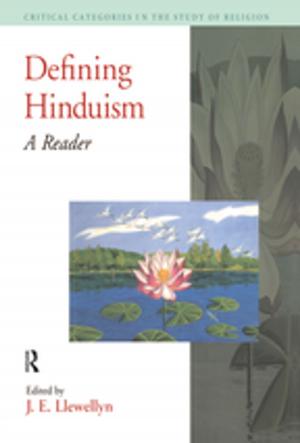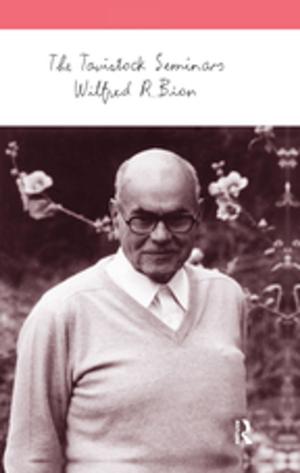The Myth of the Queer Criminal
Nonfiction, Social & Cultural Studies, Social Science, Gender Studies| Author: | Jeffery P Dennis | ISBN: | 9781351684347 |
| Publisher: | Taylor and Francis | Publication: | October 19, 2017 |
| Imprint: | Routledge | Language: | English |
| Author: | Jeffery P Dennis |
| ISBN: | 9781351684347 |
| Publisher: | Taylor and Francis |
| Publication: | October 19, 2017 |
| Imprint: | Routledge |
| Language: | English |
The Myth of the Queer Criminal documents over a century of writings by sociologists, psychologists, criminologists, and forensic scientists, in Europe and the United States, who asserted that LGBT persons were innately and uniquely criminal.
Applying the tools of narratology and queer theory, Jeffery P. Dennis examines the ten types of queer criminal that have appeared in seminal texts, both literary and scientific, over the past 140 years - beginning with Lombroso's Criminal Man (1876) and extending to postmodern criminologists and contemporary textbooks. Each type is named after its defining characteristic. The pederast, for example, was believed to be a master-criminal, leading vast criminal empires. The degenerate, intellectually and morally corrupted, was perceived as a symptom or cause of societal decay. The silly, lisping pansy was a figure of ridicule, rather than of dread. The traitor was murderous and depraved, prepared to destroy democratic institutions worldwide. The book aims to contextualize this mythology, revealing the motivations of the agents behind it, the influence of broader preoccupations and anxieties of the age, and its societal, political and cultural impact.
This carefully researched, meticulously written history of the queer criminal will be of interest to students and researchers in criminology, gender studies, queer studies, and the history of sexuality.
The Myth of the Queer Criminal documents over a century of writings by sociologists, psychologists, criminologists, and forensic scientists, in Europe and the United States, who asserted that LGBT persons were innately and uniquely criminal.
Applying the tools of narratology and queer theory, Jeffery P. Dennis examines the ten types of queer criminal that have appeared in seminal texts, both literary and scientific, over the past 140 years - beginning with Lombroso's Criminal Man (1876) and extending to postmodern criminologists and contemporary textbooks. Each type is named after its defining characteristic. The pederast, for example, was believed to be a master-criminal, leading vast criminal empires. The degenerate, intellectually and morally corrupted, was perceived as a symptom or cause of societal decay. The silly, lisping pansy was a figure of ridicule, rather than of dread. The traitor was murderous and depraved, prepared to destroy democratic institutions worldwide. The book aims to contextualize this mythology, revealing the motivations of the agents behind it, the influence of broader preoccupations and anxieties of the age, and its societal, political and cultural impact.
This carefully researched, meticulously written history of the queer criminal will be of interest to students and researchers in criminology, gender studies, queer studies, and the history of sexuality.
